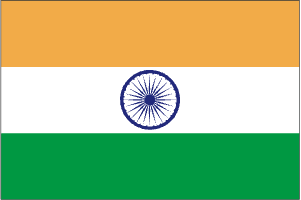
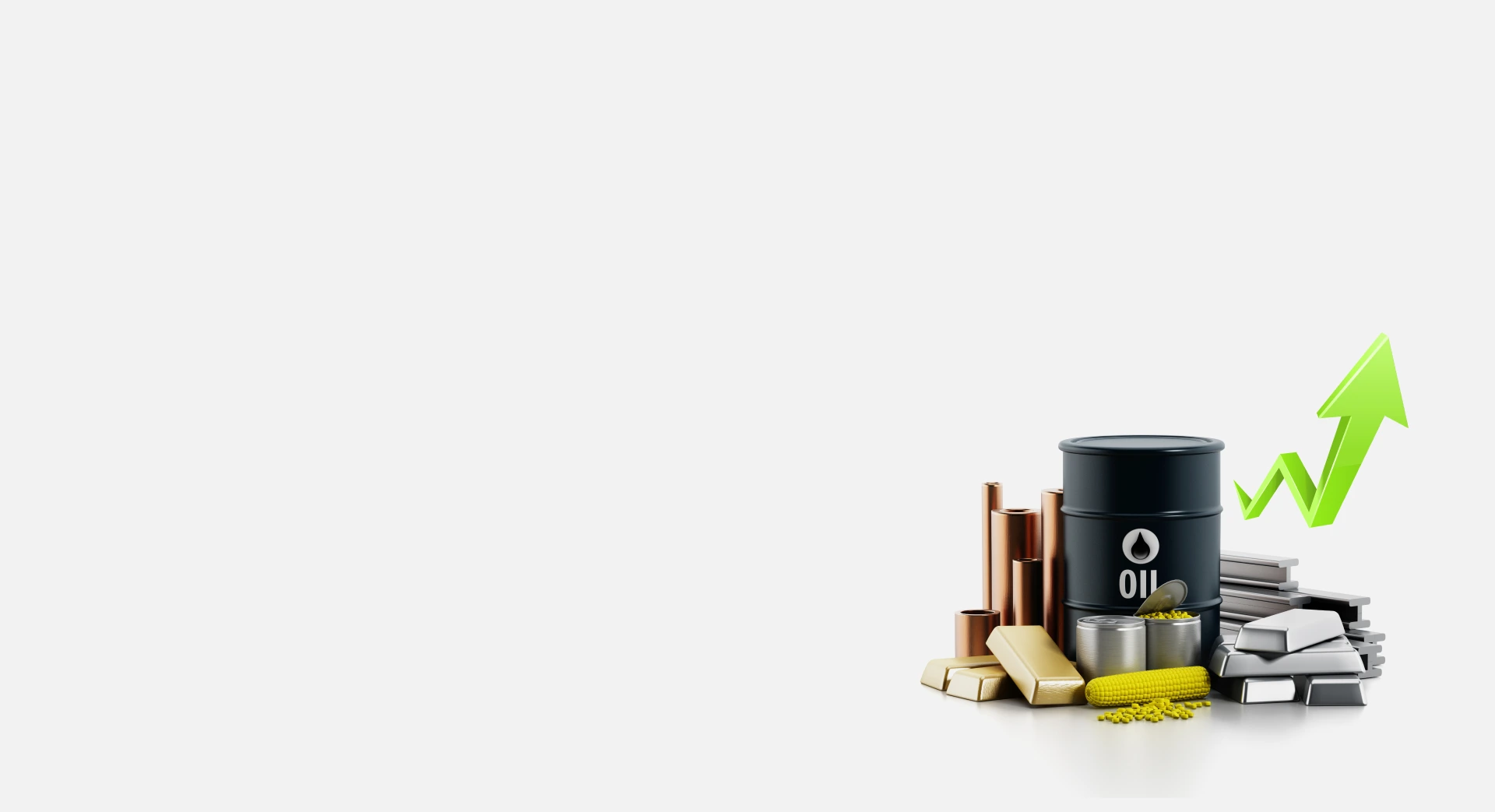
The Most Traded Commodities Worldwide: Key Assets Powering Global Markets
In this article, we’ll explore the most actively traded commodities worldwide, ranging from energy sources that power economies to precious metals and agricultural products valued for centuries. These commodities form the foundation of global trade, each with distinct characteristics and economic drivers. Whether you’re an experienced trader or new to the markets, understanding the dynamics of these key commodities is crucial. We’ll cover the primary commodities that generate the highest trading volumes globally, providing insights into their significance and appeal to traders.
Crude Oil: The Lifeblood of the Modern Economy

Crude oil ranks among the most traded commodities worldwide due to its essential role in fueling industries, transportation, and much of today’s economy. It is primarily categorized into two benchmarks: West Texas Intermediate (WTI) and Brent Crude, each with distinct qualities that affect pricing and trading patterns.
Oil prices are highly sensitive to geopolitical tensions, supply disruptions, and economic growth indicators, making oil a preferred asset for both speculators and hedgers.
Due to the ongoing demand for crude oil and its derivatives, such as gasoline and jet fuel, it remains the world’s highest-volume traded commodity.
Natural Gas: A Rising Star Among Energy Commodities
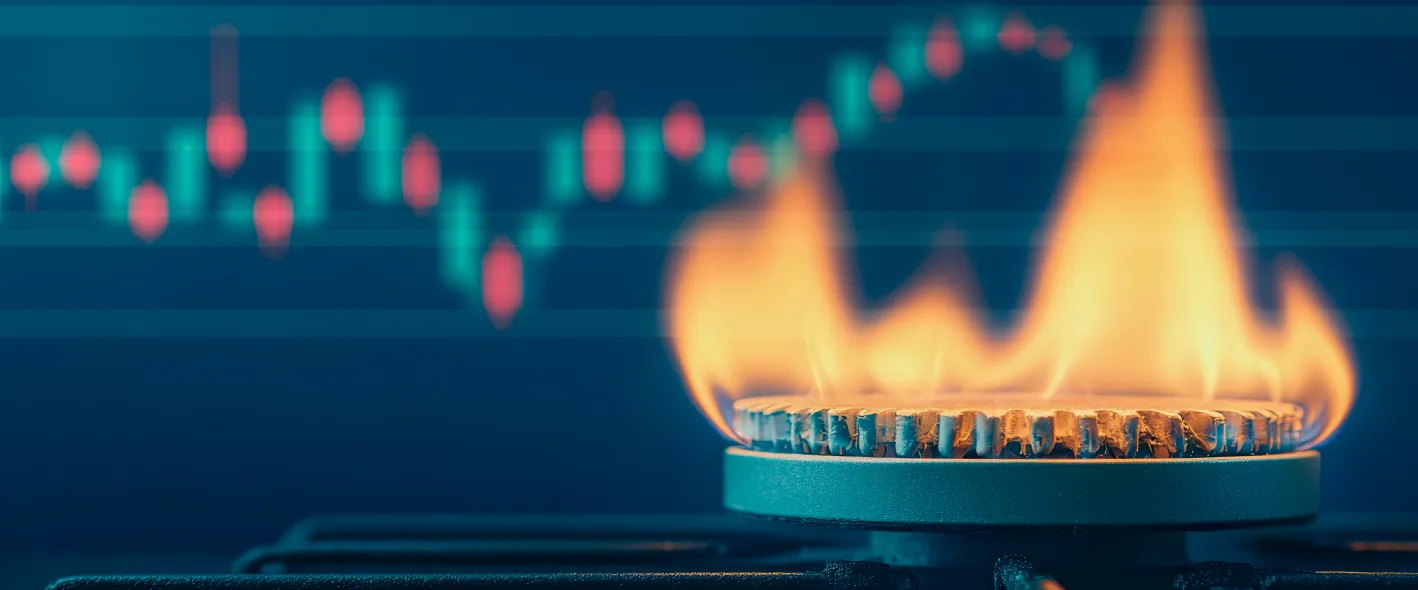
Natural gas, a cleaner-burning alternative to coal and oil, has experienced a significant increase in global demand. Its appeal lies in its environmental advantages and versatility, being widely used for heating, electricity generation, and as an industrial feedstock.
Similar to crude oil, natural gas prices fluctuate based on seasonal demand, supply availability, and geopolitical factors. As more countries transition toward cleaner energy sources, natural gas trading has surged, positioning it among the most traded commodities in recent years.
Gold: The Traditional Safe-Haven Asset

Gold has preserved its value for millennia, maintaining its reputation as a premier asset for wealth preservation and a hedge against economic uncertainty. As one of the most actively traded commodities, gold is especially sought after during periods of market volatility, inflationary pressures, or currency fluctuations.
Traders value gold not only for its intrinsic qualities but also for its global liquidity and stability. Interest rates, inflation trends, and geopolitical risks significantly influence gold trading volumes, making it a vital component of any diversified trading portfolio.
Silver: Industrial Demand and Investment Appeal Combined
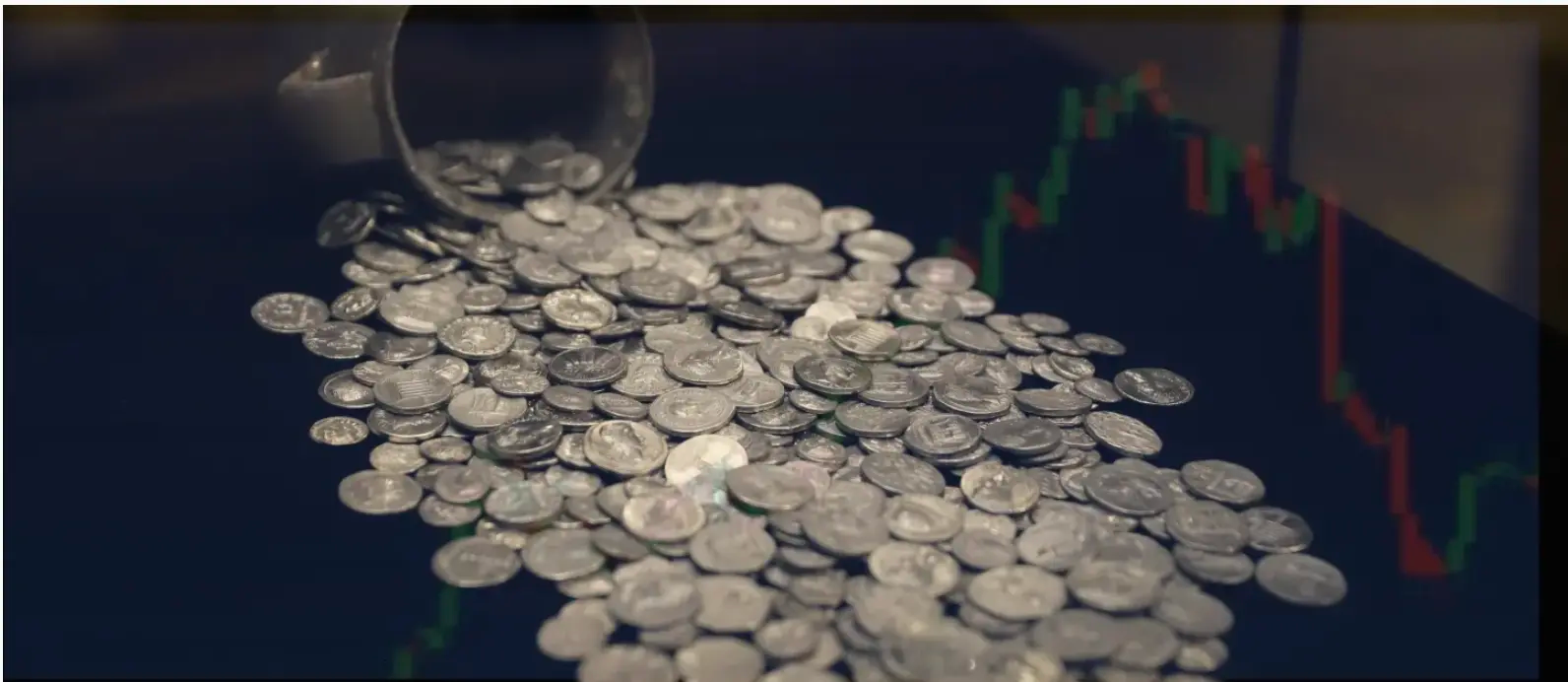
While silver does not match gold in value, it’ remains a highly traded commodity due to its dual role in investment and industrial applications. Silver'’s demand profile is closely tied to economic and technological growth, with uses spanning electronics to solar panels.
Silver’’s lower price point compared to gold makes it more accessible to retail investors, enhancing its popularity. This versatile metal is influenced by many of the same factors as gold but can also experience price volatility driven by shifts in industrial demand.
Copper: The Bellwether for Global Economic Health

Copper’’s extensive use in construction, electrical wiring, and electronics makes it a key indicator of global economic health. Often dubbed ““Dr. Copper”” by market participants, copper prices typically rise and fall in correlation with economic expansion and contraction.
Copper ranks among the most traded commodities due to strong demand from sectors such as infrastructure development and green energy initiatives. Prices are sensitive to industrial production levels and policy changes, and copper'’s close linkage to economic growth makes it a critical asset in the commodities market.
Coffee: The World’’s Most Popular Beverage Commodity

Coffee stands out as one of the most traded commodities with a unique position in the global economy. Its trading volume is driven by strong demand across nearly every country, with millions starting their day with this beverage.
Coffee production is highly seasonal and subject to influences such as weather conditions, crop diseases, and labor availability, resulting in price volatility. The coffee market is primarily segmented into Arabica and Robusta varieties, each with distinct traits and pricing models, offering traders diverse opportunities.
Wheat: A Staple Crop with High Global Demand

Wheat is a fundamental agricultural commodity and ranks among the most traded worldwide. It’ serves as a staple food for billions globally, with price movements influenced by seasonal cycles, geopolitical developments, and climate conditions.
Major producers such as the United States, Russia, and Canada play pivotal roles in global supply, with demand steadily increasing due to population growth. As a core food source, wheat trading is vital for managing food security and price stability internationally.
Cotton: The Fabric of Global Fashion and Industry

Cotton’’s importance as one of the most traded commodities arises from its critical role in the textile sector, supporting a wide array of products from apparel to home furnishings.
Factors such as weather patterns, trade regulations, and crop yields affect cotton prices. Its demand is closely linked to the fashion industry and consumer trends, making cotton a volatile yet attractive commodity for traders aiming to capitalize on shifts in global textile markets.
Soybeans: A Versatile Agricultural Commodity

Soybeans are widely traded due to their versatility in food and industrial uses. Employed in animal feed, oil extraction, and as a protein source, soybeans play a crucial role in meeting global food demand.
Soybean prices are primarily influenced by weather conditions, crop yields, and trade policies, especially in leading producers like the United States and Brazil. As the global population grows, soybean demand continues to rise, securing its position as one of the most traded commodities.
Iron Ore: The Backbone of Construction and Manufacturing

Iron ore is fundamental to steel production, making it one of the most traded commodities globally. Demand is driven mainly by the construction and manufacturing sectors, particularly in emerging economies with expanding infrastructure projects.
Prices fluctuate based on industrial demand, global economic growth, and output from major mining countries such as Australia and Brazil. Iron ore’’s essential role in industrial applications ensures its ongoing prominence in global trade.
Diversify Your Portfolio with the Most Traded Commodities
The world'’s most traded commodities are integral to the global economy, offering a broad spectrum of opportunities for investors and traders alike.
Each commodity presents unique trading advantages and risks, spanning energy resources like crude oil and natural gas to precious metals and agricultural products.
For those interested in entering the commodities market, TMGM provides a comprehensive platform with advanced tools for trading commodity CFDs, including precious metals and energy products. Visit TMGM’’s Portal to discover how to start trading these high-demand commodities today.
Trade Smarter Today





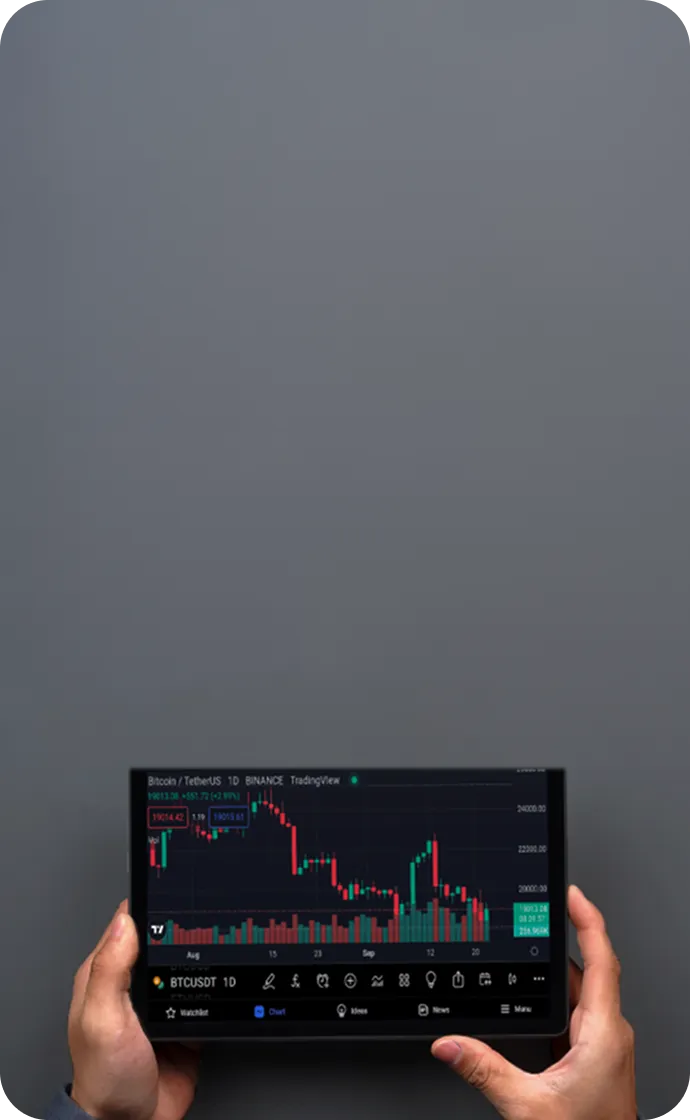
Account
Account
Instantly
